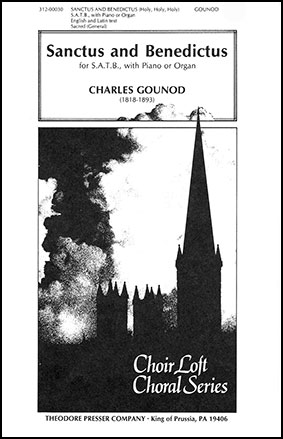

, beginning at least in 1570, omit the comma between SanctusĪnd Dominus. Some authority for this is the fact that the printed editions of the Missale Romanum The treatment of line 1 as an address to God seems equally appropriate.
Benedictus et affectus latin full#
The latter follows the text of Isaiah, which continues: “The whole earth is full of hisįor liturgical purposes, when the context is an offering of praise and thanksgiving to the Father, the conversion of “his” to “your” has been accepted for one-and-a-half millennia. The coupling of the words “holy Lord” without a comma results from treating line 1 as a vocative addressed to God rather than as a declaration with the verb understood (“Holy, holy, holy Lord, the God of hosts”). Line 1.The punctuation of this line differs from that followed in most older versions and in the phrasing of older musical settings. It has found general favor and there was little call to amend it. The version printed above accords with that proposed earlier by ICET. Some early liturgies expand the text in other ways. At an early stage in the Church’s liturgical use the reference to “heaven” was added in line 2. These texts are acclamations of praise based upon Scripture, but not exactly conforming to the texts of Isaiah 6:3 or Mark 11:9-10 respectively. A space has therefore been left between the two texts. Some liturgies have used the Benedictus but not in immediate conjunction with the Sanctus. The Sanctus (lines 1-3) sometimes appears without the Benedictus (lines 4-5) as in the Egyptian Liturgy of Serapion (fourth century) and The Book of Common Prayer Its use no doubt arose from the thought that the worshipers who had lifted their hearts to the Lord were sharing in the worship of heaven. It spread rapidly in both the East and the West.

The earliest references are from East Syria, Cappadocia, and Jerusalem. Or angelic hymn first entered the eucharistic prayer in the East. Recent scholarship suggests that the Sanctus


 0 kommentar(er)
0 kommentar(er)
